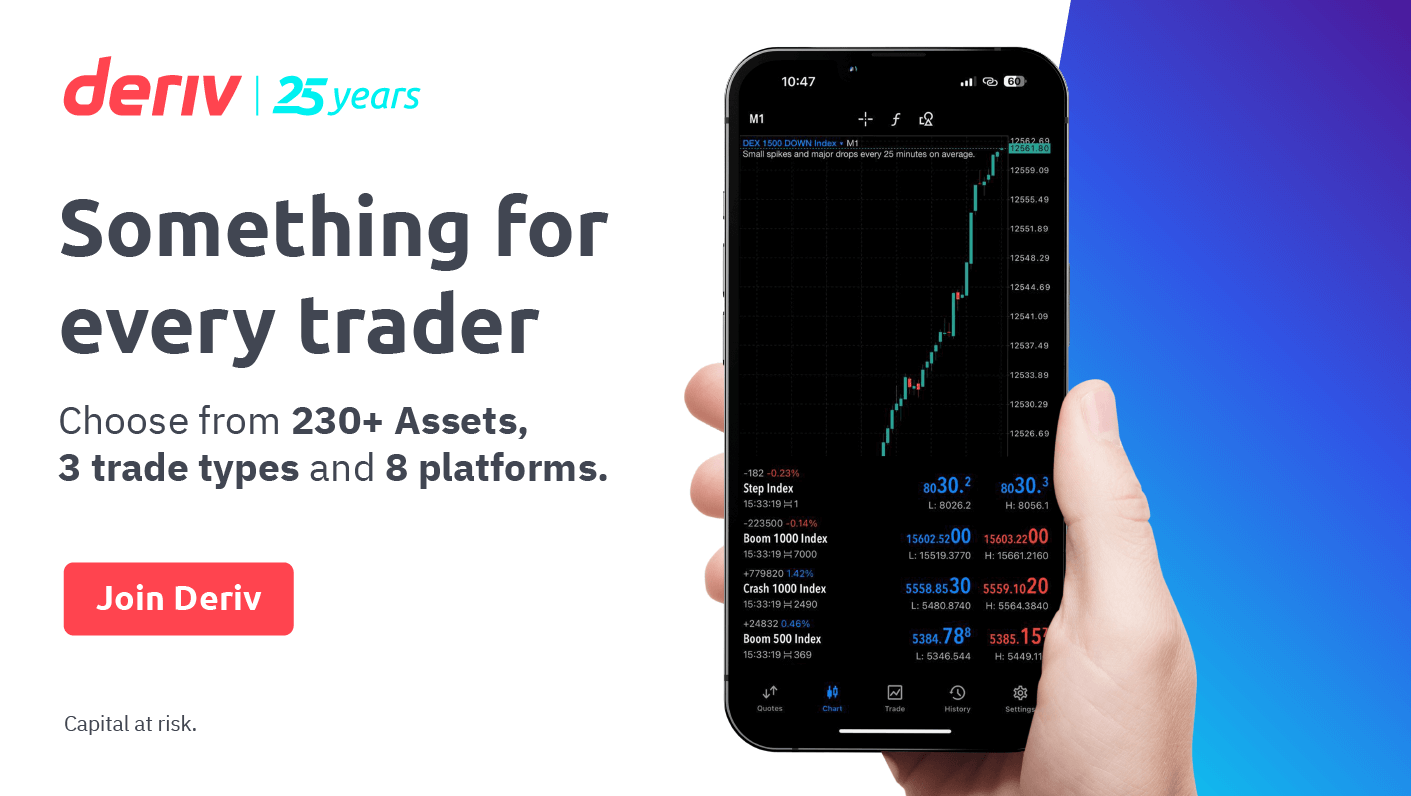Learn to Trade. Earn with Trusted Brokers
Master the essentials of trading and start your journey with trusted brokers. Join thousands of successful traders!

Introduction to Trading
What is Trading?
Trading involves buying and selling financial instruments like stocks, currencies, commodities, and derivatives to generate profit from price movements.
Unlike long-term investing, trading often focuses on shorter timeframes and more frequent transactions to capitalize on market volatility.
Key Markets for Beginners
Forex
Currency exchange market with high liquidity and 24/5 availability.
Stocks
Shares of publicly traded companies that fluctuate in value.
Commodities
Physical goods like gold, oil, and agricultural products.
Indices
Baskets of stocks representing market segments or entire markets.
Trading Basics
Essential Trading Terminology
Rising/falling market conditions
Using borrowed funds to increase trading position size
Difference between buy and sell prices
Collateral required to open leveraged positions
Order to limit potential losses
Order to secure profits at a certain level
How easily an asset can be bought or sold
Measure of price fluctuations
Risk Management
Effective risk management is crucial for long-term trading success.
Position Sizing
Never risk more than 1-2% of your account on a single trade.
Stop Losses
Always use stop losses to protect your capital from significant drawdowns.
Risk-Reward Ratio
Aim for trades with a favorable risk-reward ratio (at least 1:2).
Trading Strategies
Technical Analysis
Study of price movements using charts and indicators.
- Chart patterns (head and shoulders, triangles)
- Support and resistance levels
- Technical indicators (RSI, MACD, Moving Averages)
- Trend analysis and identification
Fundamental Analysis
Evaluation of economic factors affecting asset prices.
- Economic indicators (GDP, inflation, employment)
- Central bank policies and interest rates
- Company earnings and financial health
- Industry trends and market sentiment
Day Trading
Opening and closing positions within the same trading day.
- Quick decision-making based on short-term movements
- Requires active monitoring of markets
- Focus on high-liquidity assets
- Usually employs technical analysis and chart patterns
Swing Trading
Holding positions for several days to capture 'swings' in price.
- Less time-intensive than day trading
- Combines technical and fundamental analysis
- Focus on medium-term price movements
- Can be suitable for beginners with limited time
Test Your Knowledge
What is leverage in trading?
Broker Account Setup Guide
Deriv Account Setup
Deriv is a licensed and regulated broker offering a wide range of trading instruments and platforms. Follow these steps to set up your account:
Create Your Account
Visit Deriv.com and click "Sign up".
- Enter your email address
- Create a strong password
- Choose your country and currency
- Verify your email address
Complete Account Verification
Upload required documents for identity verification:
Proof of Identity
Passport, National ID, or Driver's License
Proof of Address
Utility bill or bank statement (under 6 months)
Choose Your Platform
Select from multiple trading platforms:
- DTrader: User-friendly platform for beginners
- DMT5: Advanced MetaTrader 5 platform
- DBot: Automated trading with drag-and-drop interface
Make Your First Deposit
Fund your account using various payment methods:
Credit/Debit Cards
Bank Transfer
E-wallets
Cryptocurrency
Start Trading with Our Recommended Brokers
Why Choose Deriv?
Wide Range of Markets
Access to forex, stocks, commodities, synthetic indices and more.
Multiple Platforms
DTrader, DMT5, DBot, and mobile applications.
Regulated & Secure
Licensed in multiple jurisdictions worldwide.
Why Choose Weltrade?
18+ Years Experience
Industry-leading platform with proven track record.
Fast Withdrawals
Process withdrawals in just 30 minutes.
Great Bonuses
Up to 100% deposit bonuses available.
Why Choose Exness?
Unlimited Leverage
Access to unlimited leverage for qualified traders.
Instant Withdrawals
Get your funds instantly with no delays.
Low Spreads
Competitive spreads from 0.0 pips.
Ready to Start Your Trading Journey?
Join millions of traders worldwide who trust our recommended brokers.
No credit card required. Start with free demo accounts.
